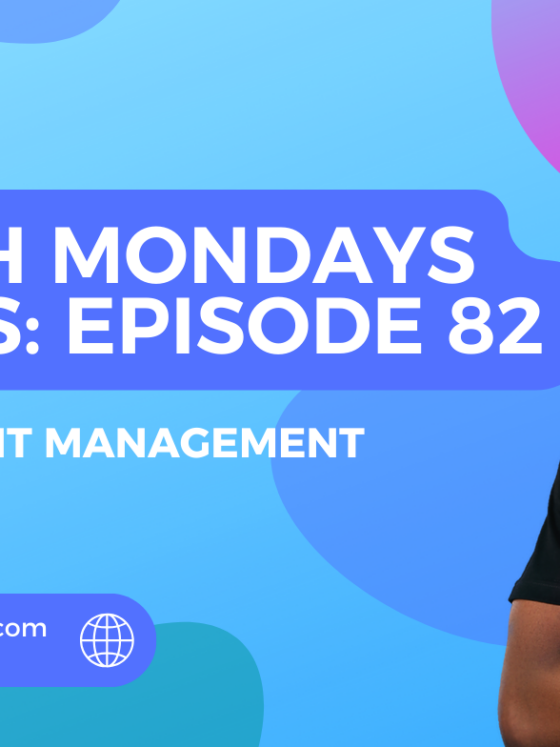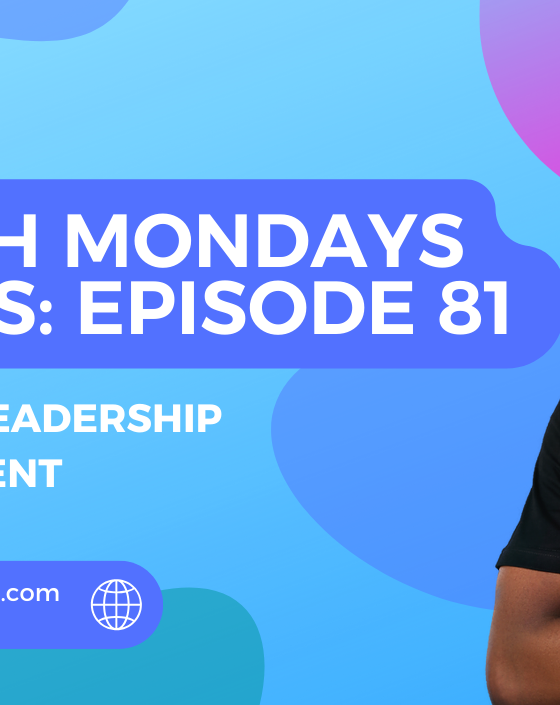7 Lean Startup Metrics That Matter for Your Business
North Mondays Series: Episode 73

Do you have a business idea and already running with it? Great! But here’s the thing: starting a business is only half the battle. The real game-changer is knowing which numbers to pay attention to. Numbers here is what we call METRICS, if you’re wondering why metrics really matter, you’re in the right place!
Want to take your startup to the next level and learn all about key metrics in more detail? Check out my online course, “Biz Dev with Nnanna,” where I break down these metrics and show you how to use them to grow your business. 🎯
Imagine being able to make decisions with confidence, knowing you’re tracking the numbers that actually impact your success. Lean Startup principles are all about testing, learning, and improving based on real data. This episode will help you grow smarter and not harder in your business.
In Episode 73 of North Mondays, we’re digging into the 7 Lean Startup Metrics That Matter for Your Business. We’re talking about the essential numbers like customer acquisition costs, retention rates, and more. These are the metrics that help you stay on track and avoid those “uh-oh” moments when things aren’t working.
Ready to get into the details? Keep reading to find out the 7 key metrics that you should be tracking to give your startup a solid foundation. These metrics will help you make smarter decisions, stay agile, and grow your business like a pro!
Introduction: Why Metrics Matter
If you’ve been around startups long enough, you know that just going with your gut isn’t always enough—you need to look at the numbers that tell you what’s really happening.
We will be covering the 7 key metrics that every Lean Startup should track. These are the numbers that will help you make smarter, faster decisions and give your business a better shot at success.
1. Customer Acquisition Cost (CAC)
First up, Customer Acquisition Cost (CAC). This metric tells you how much you’re spending to get new customers in the door. It’s simple: divide all your sales and marketing expenses by the number of new customers you’ve gained in a set period.
Why it matters:
- If your CAC is too high, you’ll be burning through cash too quickly.
- Keep this number low while growing your customer base, and you’re golden.
2. Customer Lifetime Value (CLTV)
Customer Lifetime Value (CLTV) shows you how much revenue a customer brings in over the entire time they’re with you. This is huge because it tells you if you’re getting your money’s worth from those customers you’re working so hard to acquire.
Why it matters:
- If your CAC is higher than CLTV, you’ve got a problem.
- A higher CLTV means you can invest more in getting and keeping customers.
3. Churn Rate
Churn Rate is the percentage of customers who stop doing business with you over a certain period. If your churn is high, you need to figure out why people are leaving fast!
Why it matters:
- Losing too many customers can sink your business.
- A low churn rate means happy customers who stick around (and probably spend more).
4. Burn Rate
Your Burn Rate is all about how quickly you’re burning through cash each month. As a startup, cash flow is everything. Knowing your burn rate helps you figure out how long you can keep the lights on without raising more money.
Why it matters:
- Keep an eye on this number so you don’t run out of cash before you hit your goals.
- Helps you know when to cut costs or seek more funding.
5. Retention Rate
Your Retention Rate is the percentage of customers who come back and keep using your product or service. This is a great indicator of how satisfied your customers are.
Why it matters:
- It’s cheaper to keep existing customers than to find new ones.
- A high retention rate means your product is solving real problems for people.
6. Activation Rate
The Activation Rate measures how many new users take a key action, like signing up or making their first purchase. It shows how quickly your customers see value in what you’re offering.
Why it matters:
- A high activation rate means your onboarding and product experience are working.
- Low activation? You might need to rethink how you introduce people to your product.
7. Revenue Growth Rate
Last but not the least, we’ve got the Revenue Growth Rate. This is the percentage increase in revenue over a period of time. Growing revenue is a good sign that your product is catching on, and you’re on the right track.
Why it matters:
- Steady growth means you’re doing something right.
- Investors love seeing positive revenue growth—it’s a sign your business can scale.
Keep It Simple, Track What Matters
When it comes to Lean Startups, it’s not about tracking every number under the sun. Focus on these seven key metrics, and you’ll be able to make informed decisions that push your business forward. Remember, metrics aren’t just numbers—they’re insights into how your business is doing and where you should be focusing your efforts.
Ready to Learn More? Join “Biz Dev with Nnanna”
Want to master these metrics and learn how to apply them to your business? Check out my Biz Dev with Nnanna course for deeper insights and strategies on how to grow your startup efficiently. Click here to join the course and start tracking your way to success!
Found this episode helpful? Drop your thoughts in the comments and don’t forget to subscribe to “Biz Dev with Nnanna” on YouTube for more startup tips! 🚀
#LeanStartup #BusinessMetrics #NorthMondays #BizDevWithNnanna #Entrepreneurship #GrowthHacks #StartupTips
FAQs
What are the 7 Lean Startup metrics that matter? The key metrics are Customer Acquisition Cost (CAC), Customer Lifetime Value (CLTV), Churn Rate, Burn Rate, Retention Rate, Activation Rate, and Revenue Growth Rate. These give you a snapshot of how your business is performing and where to make adjustments.
Why is Customer Acquisition Cost (CAC) important? CAC tells you how much you’re spending to bring in each new customer. Keeping this number low while growing your customer base is essential for sustainable growth.
How do you calculate Customer Lifetime Value (CLTV)? CLTV is calculated by multiplying the average purchase value by the number of purchases per year and by the customer’s lifespan. It’s a key metric for understanding the long-term value of each customer.
What is a good churn rate for startups? A lower churn rate is better! You want your customers to stick around. Anything below 5% monthly churn is typically a good sign for startups.
What does burn rate mean in a startup? Burn rate is how quickly you’re spending cash. It’s crucial to know so you can plan how long your current funds will last before you need more capital or to break even.










Recent Comments